
Do you have a question about the HP StoreOnce B6000 Series and is the answer not in the manual?
| Processor | Intel Xeon |
|---|---|
| Form Factor | Rack-mountable |
| Type | Backup Appliance |
| Data Deduplication | Yes |
| Connectivity | 8 Gb Fibre Channel |
| Management | HP StoreOnce Management Console |
| Replication | HP StoreOnce Replication |
| Interface | Fibre Channel |
| Supported Protocols | Fibre Channel |
| RAID Support | RAID 6 |
| Power Supply | Redundant power supplies |
| Dimensions | Varies by model |
| Operating System | HP StoreOnce Operating System |
| Scalability | Scalable with additional nodes |
Overview of the modular system, couplets, and cluster configurations.
Describes Administrator and Operator user accounts and their permissions.
Details the web interface for monitoring, configuration, and management tasks.
Explains the Command Line Interface for system administration and monitoring.
Information on the guide's scope and other relevant HP documentation.
Describes the initial login page providing access to common StoreOnce services.
Explains service sets as collections of VTL, NAS, Replication, and Catalyst services.
Details how to view system identification and status information for service sets.
Describes the VTL page for viewing configuration and creating VTL devices.
Details on how to view, create, edit, and delete libraries.
Explains the parameters and settings available in the Device Details tab for libraries.
Instructions for creating, deleting, protecting, and editing VTL cartridges.
Covers moving cartridges, emulation types, and making replication libraries visible.
Configuring NAS targets using CIFS, including server setup and authentication.
Step-by-step guide for creating CIFS shares and managing user access.
Instructions for configuring user access for CIFS shares using Active Directory.
Guide to setting up NAS shares for Network File System (NFS) targets.
How to access NAS shares and edit their details.
Explains the functionality, benefits, and terminology of HP StoreOnce Catalyst.
Details on configuring settings, blackout windows, and client permissions.
Creating, editing, deleting, and managing Catalyst Stores and their job details.
Viewing replication status and configuring partner, target, and source appliances.
Local system settings for bandwidth, blackout windows, and event history.
Configuring cartridge and share mappings for VTL and NAS replication.
Guide to using wizards for creating VTL and NAS replication mappings.
Overview of the housekeeping page, graphs, and status interpretation.
Scheduling blackout windows and pausing housekeeping operations.
Graph showing current backup activity throughput.
Graphs illustrating current replication and Catalyst job throughput.
Generating reports for storage usage, deduplication ratios, and changes.
Details on identifying and reporting specific hardware problems.
Report showing free and used space for couplets and service sets.
Monitoring couplets, nodes, MSA, disks, RAID sets, and switches.
Procedures for failing back servers and replacing failed hard disks.
Configuration overview and managing user accounts and passwords.
Setting up email notifications and managing support tickets.
Definition and types of failover, and its impact on system operations.
User actions to minimize failover impact and procedures for running failback.
Steps to recover data from VTL or NAS appliances using replication methods.
Importance of serial numbers, licensing procedures, and CLI access.
Troubleshooting power, network issues, and performing software updates.
Creating support tickets and procedures for hard disk replacement.
Explains the impact of failover on the Graphical User Interface.
Best practices for failback and failover with CIFS Server in AD.
Maps tasks to GUI, CLI, or both execution methods.
Definitions of key terms and concepts used in the manual.
Information on the guide's scope, intended audience, and related documentation.
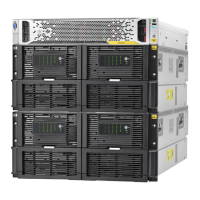
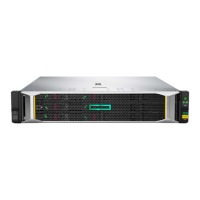
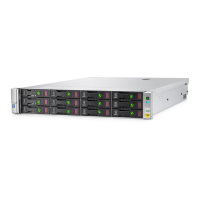


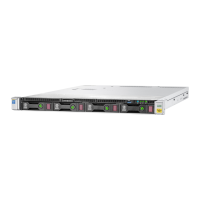


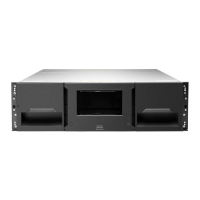
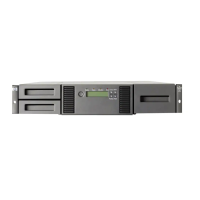
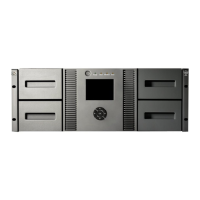
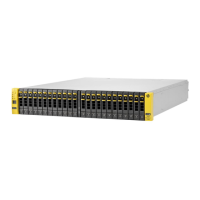
